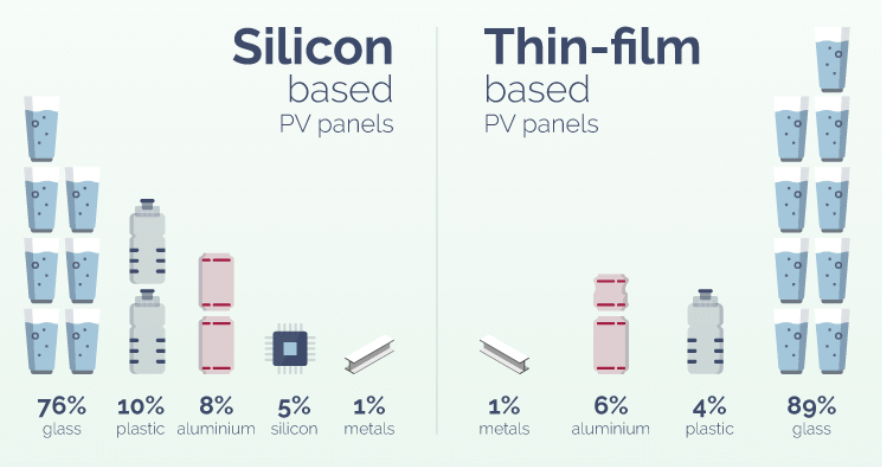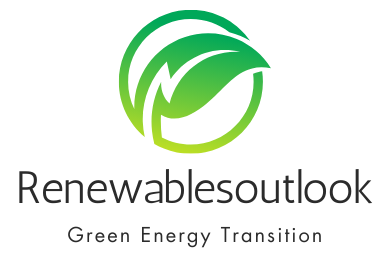Growth of Solar PV inside Renewables
The solar power production is set to rise in coming years and its exponential trend is becoming more and more evident due to current growth trends. For instance, in year 2021 half of 302 GW of international renewables installed capacity is solar, i.e. around 168 GW.
The solar PV will continue its upward trend. According to IEA, to reach net zero emissions by 2050, annual clean investment worldwide will need to be more than triple by 2030 to around $4 trillion. Achieving net zero emissions by 2050 will require nothing short of the complete transformation of the global energy system. In path towards net zero, almost 90% of global electricity generation in 2050 comes from renewable sources, with solar PV and wind together accounting for nearly 70%, of which 40% from solar Power, equivalent to 19 terawatts (TW) (Rystad Energy). The current solar PV installation stands around I TW globally.
Opportunity of Solar Panel Recycling
With the rising demand and growth projections of solar PV, there is always concerns about existing supply chain if it will be sufficient to meet the rising demand. Further, materials and raw metals used for solar panels can potentially become a bottleneck for the existing supply chain, with potential outcome of high prices (although price trend is still downward). Rising demand and installation will also pose a challenge for the industry to minimize its waste in long term. The average industrial PV operational life is around 25-30 years. Therefore, on-going upward trend will pose waste management challenge globally in about 2 decades. However, the organic market of solar PV recycling is also growing.
According to a research conducted by Rystad Energy, recycled materials from PV panels at the end of their lifespan will be worth more than $2.7 billion in 2030, with projections to reach $80 billion by 2050. Solar PV waste projected to grow to 27 million tones per annum by 2040 (conventionally land fill is used at the end of panel life). This can make a business case for some of the utilities to extract more value from PV modules after project life span.
Solar panel recycling is not just a sustainable action for circularity of solar panels but also has positive impact on followings:
- Supply chain bottleneck with growth Article on Global PV Supply Chain
- Source of additional raw material for other relevant sectors e.g. glass etc
- Positive impact on project CAPEX by considering panel recycling as additional value
Facts about Solar Panel Recycling
It is worth understanding the structure of a panel to understand its recycling, much of it is glass. Other components are aluminium (frame), copper (wires) and plastics. Some of the main difficult parts are the Silicon and Silver that are the solar cells.
The panel components with highest value are aluminum, silver, copper and polysilicon. Glass with high recycling rate but relative low resale value, however still useful for various products. Silver make some of highest material value from recycling and so the polysilicon. In total, 96% of the material can be reused for producing new solar panels.
From a regulatory perspective, solar panel waste is defined inside European Union WEEE Directive.
Scalability, Technology and harmonised regulations are some of the barriers and also solutions towards circularity of solar panels in journey towards net zero.

References:
- IEA (2021), Net Zero by 2050, IEA, Paris https://www.iea.org/reports/net-zero-by-2050
- https://www.rystadenergy.com/news/reduce-reuse-solar-pv-recycling-market-to-be-worth-2-7-billion-by-2030
